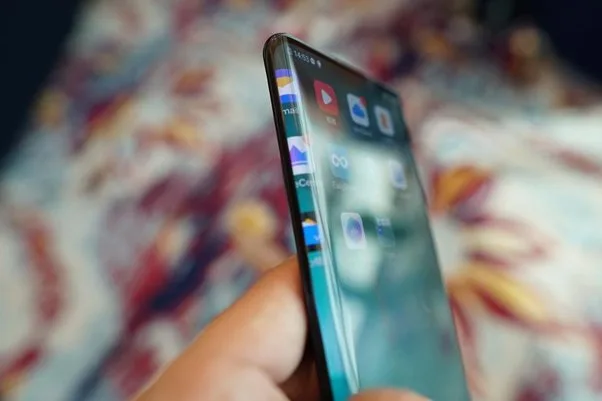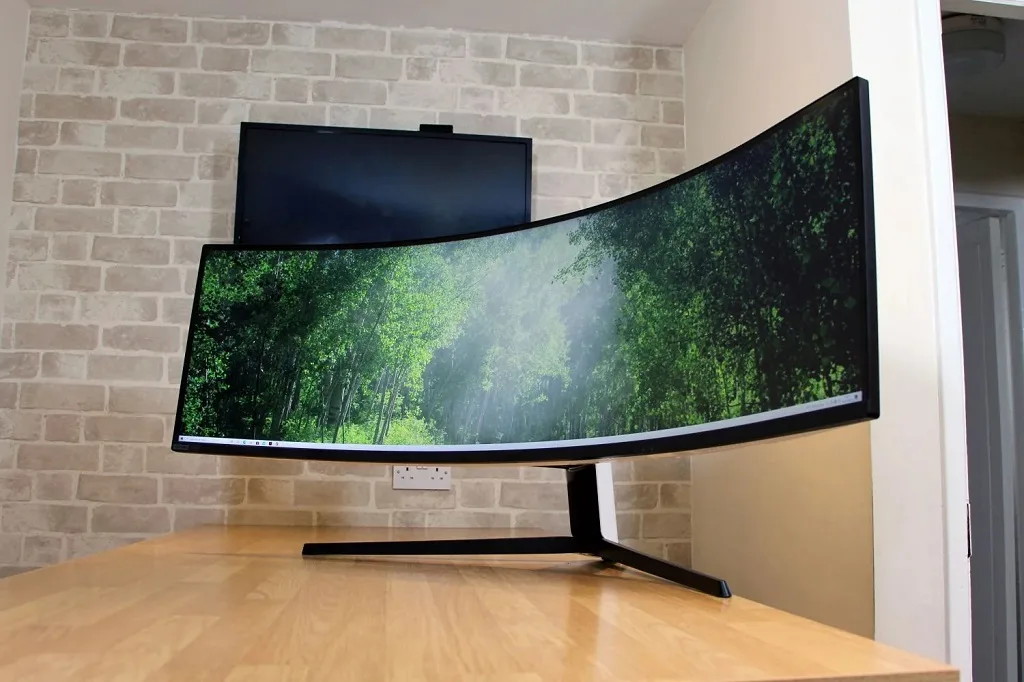
Curved Display Technology Review
Curved display technology, a notable innovation in the realm of visual displays, was first introduced to the consumer market in the early 2010s. The primary objective of this technology was to enhance the viewer’s immersive experience by altering the physical structure of the display from a flat surface to a curved one. This design approach was largely inspired by the natural curvature of the human eye, which allows for a more natural viewing experience by reducing distortion and improving the field of view.
The initial adoption of curved displays was primarily seen in high-end television models, with major tech companies such as Samsung and LG leading the charge. These brands showcased the technology at global tech events, demonstrating how the curvature of the screen could envelop viewers in the content, making them feel more engaged. Over time, the technology has evolved, with various iterations improving the degree of curvature, display resolution, and overall user experience.
How is Curved Display Technology Arranged and How Does It Work?
The architecture of curved display technology involves bending a flexible display panel into a concave shape, which is achieved through the use of advanced materials such as OLED (Organic Light-Emitting Diode) and QLED (Quantum Dot LED). These materials are crucial because they allow for the necessary flexibility and durability that a curved design requires. Unlike traditional flat panels, curved displays necessitate a precise manufacturing process to ensure that the curvature is uniform across the entire screen, which is essential for maintaining image integrity.
In terms of functionality, curved displays operate on the same basic principles as flat displays, utilizing pixel grids to render images. However, the curvature introduces a unique visual dynamic. The edges of the screen are subtly angled toward the viewer, which enhances the sense of depth and reduces glare from ambient lighting. This configuration also decreases the amount of light distortion, ensuring that colors and brightness levels remain consistent from various viewing angles. As a result, users experience a more comfortable and immersive viewing experience, particularly in larger screens where the curvature can make a significant difference.
Where is Curved Display Technology Applied?
Curved display technology has found its primary applications in high-end televisions, gaming monitors, and premium smartphones. In the television industry, curved displays are particularly popular among enthusiasts who seek an enhanced cinematic experience. The curvature of the screen helps to fill the viewer’s peripheral vision, making it ideal for watching movies and sports. This has led to curved televisions being a staple in home theatres and living rooms where large screen sizes are common.
In the gaming sector, curved monitors have become highly sought after due to the immersive experience they provide. Gamers benefit from the improved depth perception and wider field of view, which can enhance gameplay, particularly in genres such as first-person shooters and racing games. Furthermore, the reduction in eye strain from prolonged use makes curved monitors a preferred choice for professional and casual gamers alike.
Curved displays are also increasingly being used in smartphones, particularly in flagship models where screen aesthetics and user experience are key selling points. The curved edges of these displays not only contribute to the sleek design of the device but also enhance touch functionality by allowing for gestures along the screen’s edge. This has become a distinctive feature in modern smartphone design, offering both aesthetic appeal and practical advantages.

Where Else Can Curved Display Technology Be Applied?
Beyond the realms of consumer electronics, curved display technology has potential applications in various professional and public settings. One such area is in the design of advanced automotive dashboards. Curved displays can be integrated into the dashboard to provide a more intuitive and visually appealing interface for drivers. This not only enhances the aesthetic appeal of the vehicle’s interior but also improves functionality by offering better visibility and reducing distractions.
Another promising application of curved display technology is in digital signage. Retail environments, museums, and public spaces can benefit from curved displays, which can attract more attention than traditional flat screens. The immersive and engaging nature of these displays can be leveraged to create compelling visual experiences, whether for advertising, informational purposes, or interactive exhibits.
Curved displays are also being explored for use in medical imaging devices. The ability of a curved screen to provide a more detailed and accurate visual representation could be particularly beneficial in fields such as radiology and surgery, where precise image interpretation is critical. By reducing visual distortion and improving clarity, curved displays could enhance the accuracy of diagnoses and medical procedures.
How Promising is Curved Display Technology in the Future?
The future of curved display technology appears promising, particularly as manufacturers continue to refine the technology and explore new applications. With ongoing advancements in materials science and display manufacturing techniques, we can expect to see even more sophisticated and durable curved displays in the market. This could lead to broader adoption across various industries, including healthcare, automotive, and public display solutions.
One of the key factors driving the growth of curved display technology is the increasing demand for immersive and engaging visual experiences. As virtual reality (VR) and augmented reality (AR) technologies continue to evolve, curved displays could play a pivotal role in enhancing these experiences by providing more realistic and enveloping visual environments. This could open up new possibilities for entertainment, education, and professional training.
Moreover, as the cost of producing curved displays decreases, we may see them become more accessible to a wider range of consumers. This democratization of the technology could lead to its integration into more everyday devices, such as laptops, tablets, and even wearable tech. In the long term, curved displays could become a standard feature across various digital platforms, offering users a consistently superior viewing experience.




